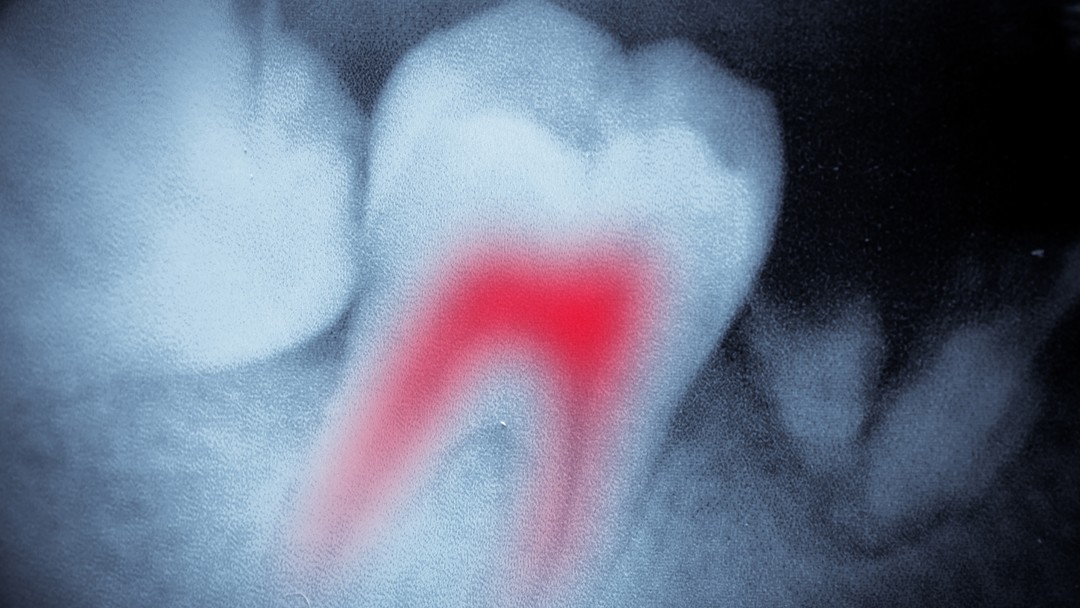- December 2024
- November 2024
- October 2024
- December 2023
- April 2022
- March 2022
- February 2022
- January 2022
- November 2021
- October 2021
- September 2021
- August 2021
- July 2021
- January 2021
- December 2020
- November 2020
- October 2020
- September 2020
- August 2020
- July 2020
- June 2020
- May 2020
- April 2020
- March 2020
- February 2020
- January 2020
- December 2019
- August 2019
- July 2019
- June 2019
- May 2019
- April 2019
- March 2019
- February 2019
- January 2019
- December 2018
- November 2018
- October 2018
- September 2018
- August 2018
- July 2018
- May 2018
- April 2018
- March 2018
- February 2018
- January 2018
- November 2017
- October 2017
- September 2017
- August 2017
- July 2017
- June 2017
- April 2017
- March 2017
- January 2017
- October 2016
- October 2015
- September 2015
- August 2015
What Is a Root Canal? The Basics
18 July,2017Root canals aren’t used for causing pain to patients, despite what people might tell you about the procedure. They are actually in place as one of the best results to saving severely infected teeth, and avoid removing the tooth completely. With the advancements in dental practices, patients should no longer fear the process. Looking into the benefits of the procedure, as well as what is involved can help prepare you for your own root canal and make the process more familiar.
When Is a Root Canal Needed?
If there is a large amount of bacteria deeply effecting the tooth it could mean that you will be recommended for a tooth canal. The pulp that makes up the inners of teeth can become infected with bacteria, which can lead to a large cavity forming. This also can cause inflamed nerves, acute pain and distress. The infection itself becomes severe when left untreated, and may need to be removed. This, is where a root canal may come in.
What to Expect with Your Root Canal
Treatments for root canals are usually done over 1-2 dental visits.
Dental administrators will start by numbing the area with local anaesthetic, usually delivered by needle. This will cause numbing around the area, and will help you through the process.
Once the area is numbed, the dentist may place items such as a dental dam to keep the area clean and dry from the outset and throughout.
From here, the dentist will use dental tools to create a small opening through which they will access the inside of the tooth. After they’ve gained access, they will then move into removing damaged or diseased pulp and reshape the inner chamber, and wash away unreachable pulp with water stream. They also may apply substances to kill off remaining bacteria and lessen the chances of further infection.
Once they determine that the area is cleaned out from bacteria, the dentist will start to fill the tooth in. Dependant on the state of the tooth/tooth chamber, the dentist may need to put a supporting post within your tooth to ensure its stability. They will also close the opening with a temporary filling, which will be replaced in time with a permanent crown.
At Dental on Clarendon, we conduct root canals with knowledge and professionalism. We pride ourselves on our high standard endodontic treatments, and work to restore teeth health. Our specialised team will work to ensure you’re comfortable throughout the process. To book an appointment or learn more, get in touch.


